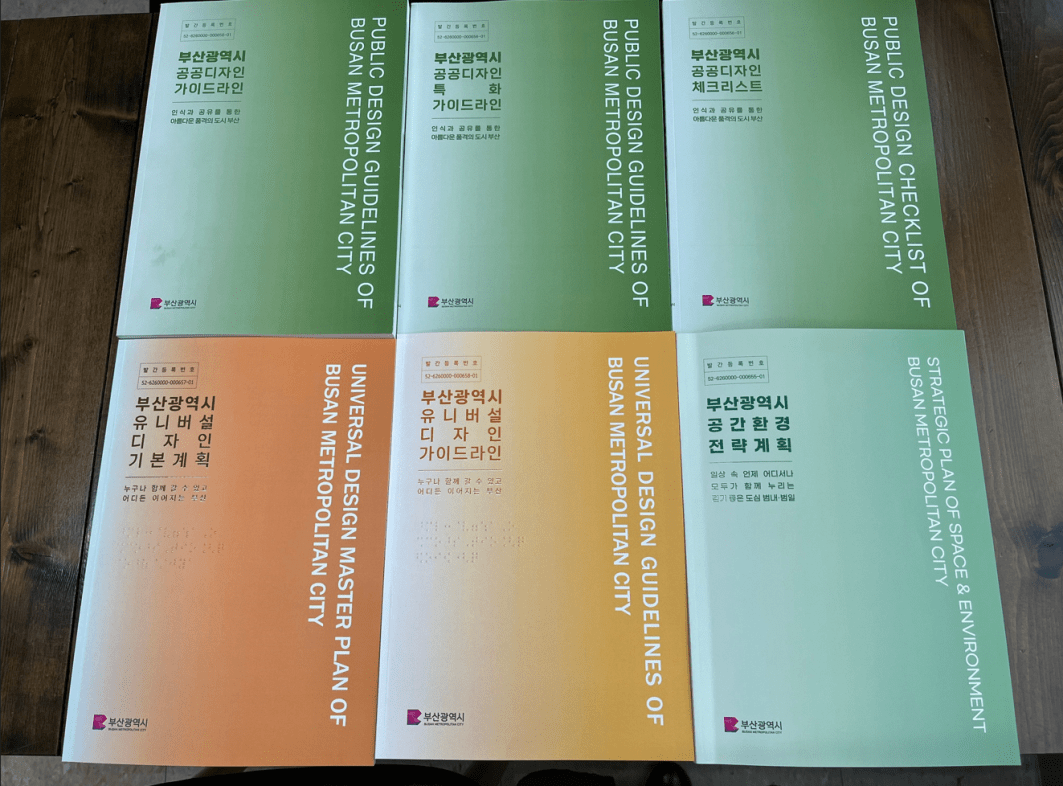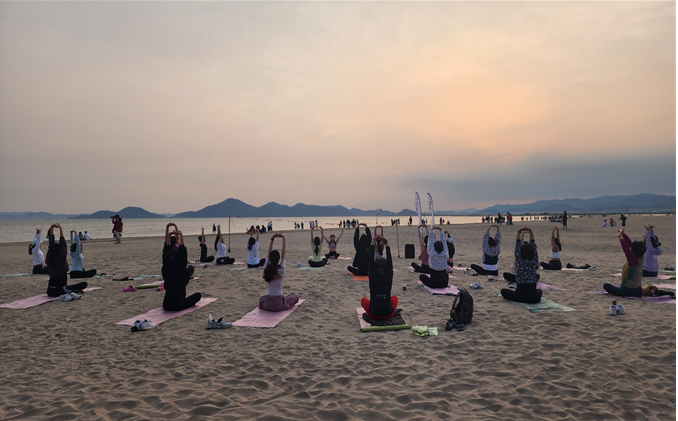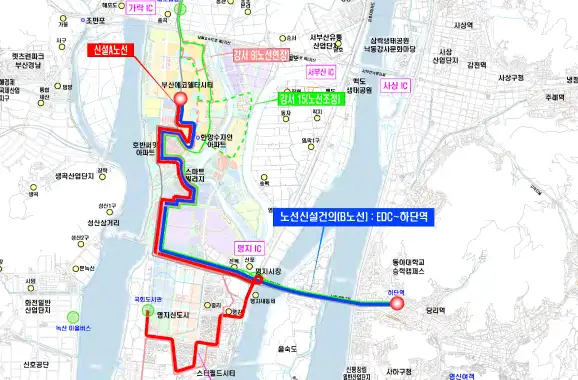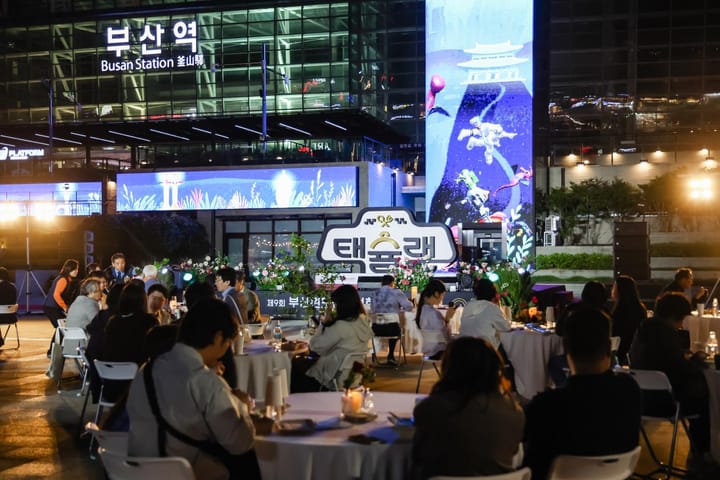Busan Launches Urban Design Guidelines to Enhance Global City Status

The city of Busan announced on Monday the introduction of a set of urban design guidelines aimed at refining the city's aesthetics, functionality, and accessibility. This initiative is part of Busan's broader strategy to reinforce its identity as a leading global hub, focusing on sustainable urban development and inclusivity.
The guidelines are segmented into three main categories: the Public Design Guidelines, the Universal Design Basic Plan and Guidelines, and the Busan Spatial Environmental Strategy Plan. Each segment has a distinct focus—ranging from public space aesthetics to accessibility and strategic environmental planning—with the collective aim of fostering a cohesive and attractive urban environment.
Public Design Guidelines seek to standardize the approach to public space design, reducing inconsistencies in public facility installations and enhancing the city's visual appeal. These guidelines cover a wide range of public domains, including parks, squares, and transportation facilities, ensuring a harmonious integration of new projects within the urban landscape.
Universal Design Principles are at the heart of the second set of guidelines, emphasizing the creation of spaces that are accessible and convenient for all residents, regardless of age, ability, or background. This initiative reflects Busan's commitment to inclusivity, ensuring that urban spaces are safe and navigable for everyone, while also paying special attention to the needs of the disabled and elderly populations.
The final component, the Busan Spatial Environmental Strategy Plan, outlines a comprehensive approach to managing the city's spatial environment. It aims to preserve Busan's unique identity and ensure a balanced development across various districts. This plan marks a significant step towards integrated urban management, with a focus on enhancing green spaces and promoting sustainable urban growth.
The development of these guidelines involved extensive collaboration with experts, including architects and urban planners, and was supported by national funding initiatives. This collaborative approach underscores the city's commitment to informed and sustainable urban development practices.
Busan officials have expressed optimism about the guidelines' potential to significantly improve the city's urban landscape. "By aligning these design initiatives with our broader urban policies, such as the 15-minute city concept, we anticipate creating a more livable, attractive, and efficient urban environment for all residents and visitors," stated a city spokesperson.
The city plans to make the guidelines widely available through its official website, offering easy access to detailed information for both the public and professionals involved in urban development. Physical copies of the guidelines will also be distributed to local government offices, design firms, and educational institutions to encourage widespread adoption and adherence.



Comments ()